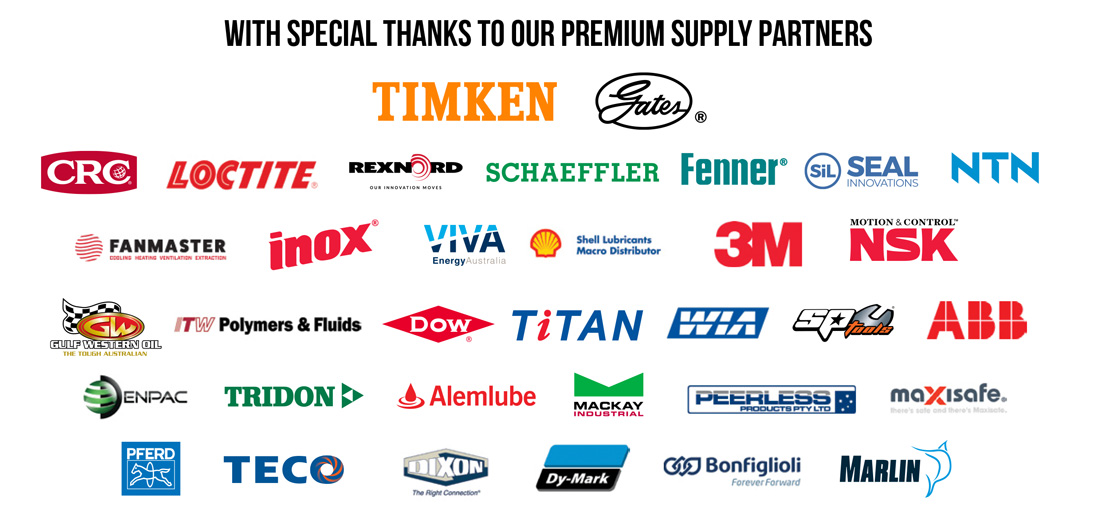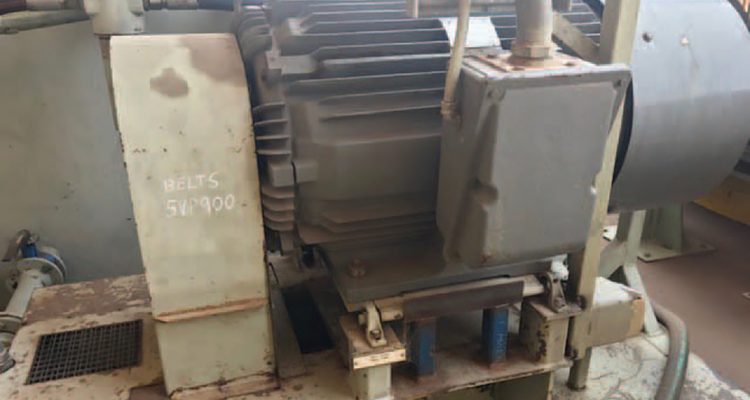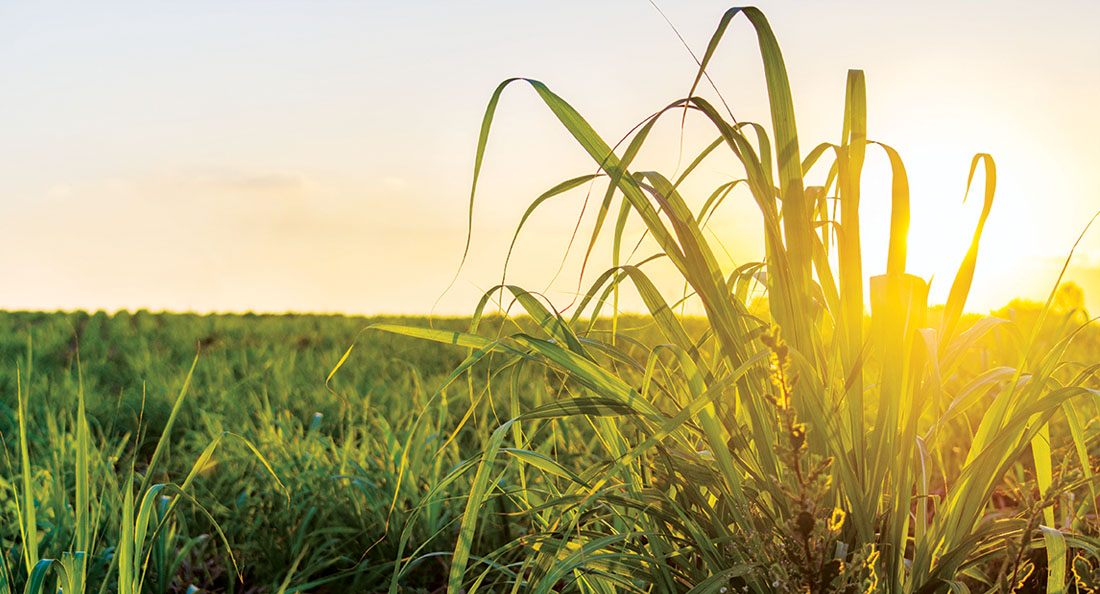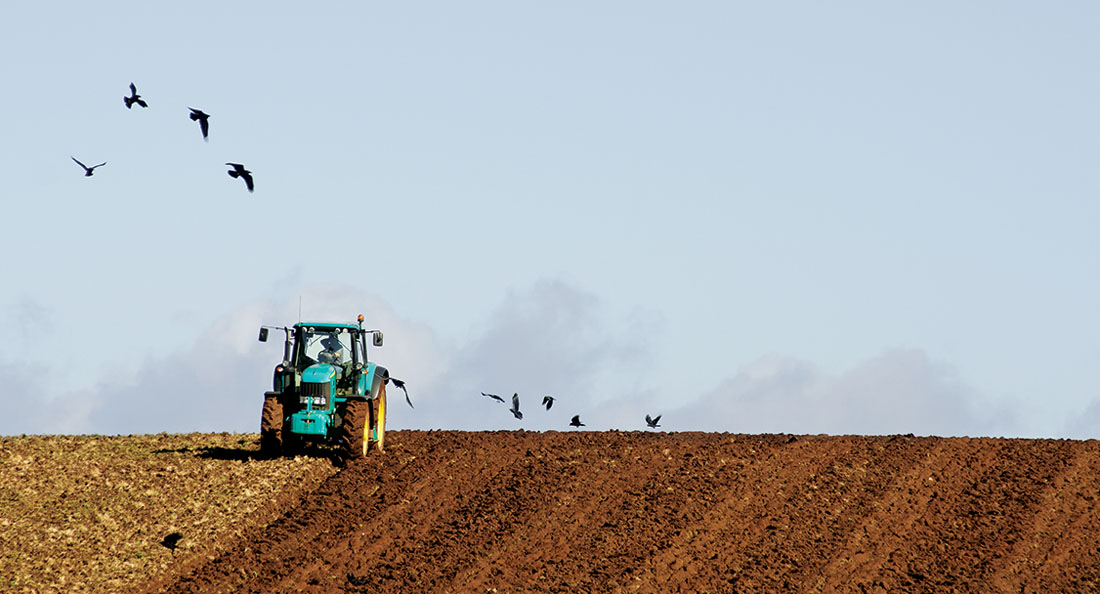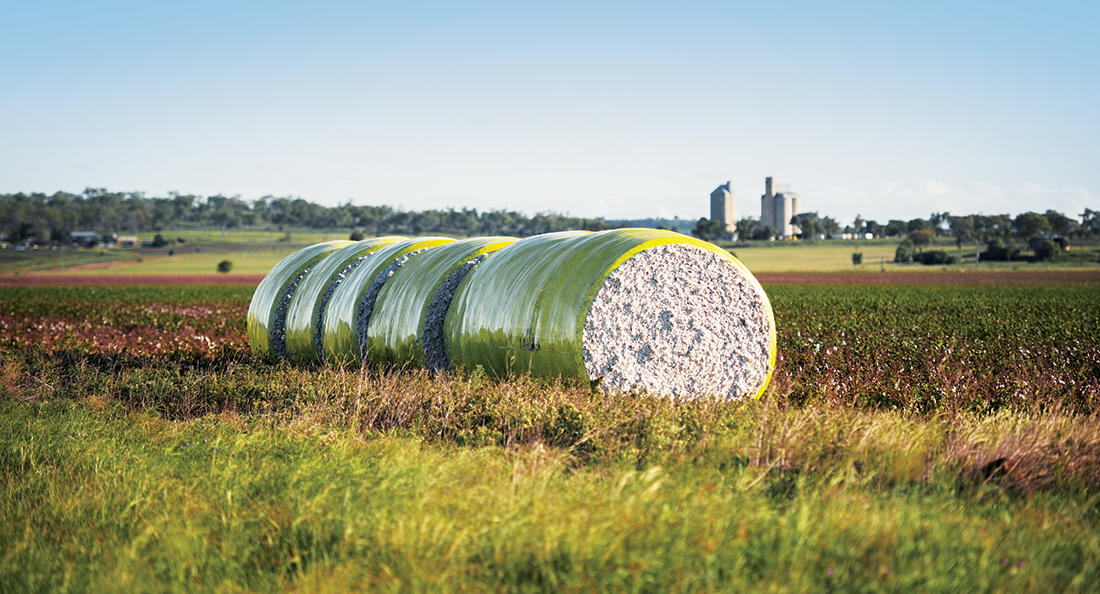Cotton gins have come a long way since American inventor Eli Whitney introduced his first “cotton engine” – later shortened to “cotton gin” – in 1793. While Whitney’s cotton gin, consisting of a wooden cylinder and rows of slender spikes, could process 23 kilograms of lint per day, modern day cotton gins can process up to 15 tonnes of cotton
per hour.
The basic principle, however, remains the same: The seed cotton is picked in the field in the form of modules. Those modules are loaded into the gin where they are broken up to get the seed cotton flowing. The seeds are separated from the lint and the lint cotton gets pressed and consolidated into bales for storage and shipping.
For the past 12 years, Mick Locke, an experienced Technical Sales Representative at CBC-Toowoomba, has been regularly visiting major cotton gins in his area to assist them with maintenance-related queries and improvements.
He knows from firsthand experience how critical it is for cotton gins to have their equipment in perfect shape during the harvest season.
“Gins usually run 24/7 during the harvesting season, so they can’t afford any downtime during that period,” says Mick. “An ideal situation for a cotton gin is to only have to conduct repair and maintenance during the planned annual shutdown. Having to do any urgent repair during the harvest season can cause hours of delay in the gin’s operation.”
It was during one of his regular visits to a major cotton gin that Mick noticed the plant was facing a recurring issue with one of the electric motors running a cotton bale press pump.
“There were 10 standard v-belts running on the electric motor, but the equipment was still not performing ideally. The belts kept slipping and failing and because the unit was hard to access, each belt replacement took at least four to five hours to complete.”
A cotton bale press is the last piece of machinery in the ginning process and as such, it may be the most important part of the ginning process, Mick explains.
“A gin press pump is a hydraulic pump that presses cotton into bales for final delivery. If the pump stops, the whole operation stops, and no cotton can be processed in the meantime.”
The solution offered by Mick was a re-design of the drive system wherein five Gates® Predator® v-belts replaced the ten standard v-belts. Due to the higher tensile strength of the Predator® belts, which are made with aramid tensile cords, the belts offered a much higher performance in terms of shock load absorption and slippage. The narrower pulley width and decreased belt weight further reduced the burden on the motor.
Another way by which the upgrade benefitted the cotton gin was the reduced maintenance hassle, according to Mick.
“In any belt, maintaining correct tension and alignment are key to ensuring the belts’ longevity.
Gates® Predator® v-belts do not stretch and as such do not require any re-tensioning, which makes
their maintenance so much easier,” he says.
Three years after upgrading the drive design, Mick says the plant has not experienced any unexpected failures in the press pump unit, allowing the maintenance team to adhere to their planned shutdown schedules.
Mick estimates that the simple upgrade has saved the gin an average of $29,000 per year in reduced downtime.
“Our role as technical sales representatives with CBC is more than just responding to clients’ calls after they flag an issue. Quite often, we try to resolve issues that our clients may not even be aware of. This may require double checking the drives to make sure they are designed properly or introducing better products that suit their application,” he concludes.
“Where requested, we also work with our partners at Gates® to offer on-site training for best preventive maintenance practices, including on belt alignment and tensioning to help reduce component wear and improve reliability.”
